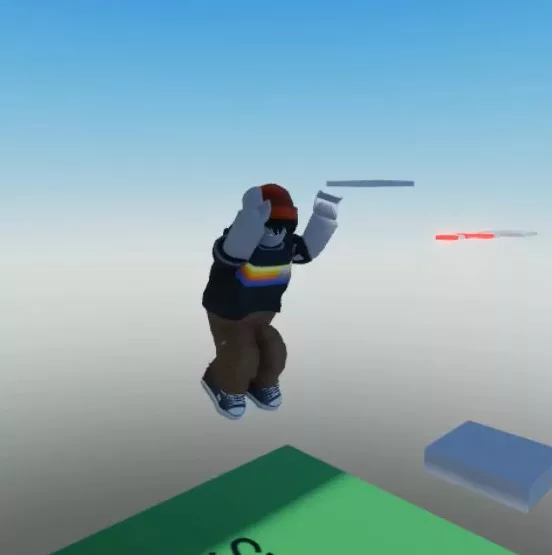In this article, we will explore an effective solution to debounce the jump action in Roblox scripts, preventing it from running multiple times in quick succession. Roblox game developers often face the challenge of managing player input and ensuring that game actions are executed smoothly. One common issue is the “jump” action triggering multiple times rapidly, leading to unintended consequences in the game.
Understanding the Problem: Before diving into the solution, it’s crucial to understand why the jump action can trigger multiple times. The issue arises due to the rapid input from the player, which can result in the game registering multiple jump requests in a short timeframe. This can lead to unexpected behavior or even game exploits.
Debounce the jump action in Roblox scripts
Debouncing the Jump Action Debouncing is a programming technique used to ensure that a specific action is executed only once within a defined time interval. In Roblox scripting, we can apply debouncing to the jump action by tracking the time of the last jump and allowing the action to occur only if a specified delay has passed since the last jump.
Here’s a step-by-step guide on how to implement this solution:

- Create LocalScript
- Create a LocalScript by pressing the plus button next to “StarterCharacterScripts” located in the “StarterPlayer” folder.
- These scripts will run on the client for each player when their character spawns.
- Initialize Variables:
- Create a variable to store the last jump time.
- Set a debounce delay, which determines the minimum time between jump actions.
- Create the Jump Function:
- In your script, define a function for the jump action.
- Inside the function, get the current time using the
tick()function.
- Implement the Debounce Logic:
- Check if the time elapsed since the last jump is greater than or equal to the debounce delay.
- If the condition is met, execute the jump action and update the last jump time.
Here’s an example script implementing the debounce logic:
Double click the LocalScript to edit the file and add this code:
local UserInputService = game:GetService("UserInputService")
local lastJumpTime = 0
local debounceDelay = 0.25 -- Adjust as needed (in seconds)
local function jump()
local currentTime = tick()
if currentTime - lastJumpTime >= debounceDelay then
-- Execute the jump action here
-- Update lastJumpTime to the current time
lastJumpTime = currentTime
print("JUMP AROUND")
end
end
UserInputService.JumpRequest:Connect(jump)
Explained:
- We use the
tick()function to get the current time. - We check if enough time has passed since the last jump action (controlled by
debounceDelay) before allowing the jump action to trigger. - If enough time as passed we update lastJumpTime to currentTime and print “JUMP AROUND” to the console.
By using this approach, you can debounce the jump action so that it won’t fire multiple times within the specified debounce delay. Adjust the debounceDelay variable to set the desired delay between jumps.
By implementing this script, you ensure that the jump action will execute only if the specified time delay has passed since the last jump. Adjust the debounceDelay variable according to your game’s requirements. I’ve found that 0.25 seconds is a good amount, but what our script doesn’t do is prevent refiring if they press the jump button twice. We can update our code and add a canJump variable that dictates when the jump function is allowed to run.
Detect if humanoid has landed
We need to add some code to detect if the humanoid has landed. We can check the state of the humanoid like this; be sure to update your variables, we need to add a few:
local UserInputService = game:GetService("UserInputService")
local player = game.Players.LocalPlayer
local character = player.Character or player.CharacterAdded:Wait()
local humanoid = character:WaitForChild("Humanoid")
local lastJumpTime = 0
local debounceDelay = 0.1 -- Adjust this delay as needed (in seconds)
local jumping = false
local function jump()
local currentTime = tick()
if currentTime - lastJumpTime >= debounceDelay and jumping == false then
lastJumpTime = currentTime
print("JUMP AROUND")
end
--detect whether the humanoid has landed
local currentState = humanoid:GetState()
if currentState == Enum.HumanoidStateType.Jumping or currentState == Enum.HumanoidStateType.Freefall then
jumping =true
else
jumping = false
end
end
UserInputService.JumpRequest:Connect(function()
jump()
end)
Debouncing the jump action is a crucial step in improving the gameplay experience and preventing unintended behaviors in Roblox games. By using the debounce technique outlined in this article, you can ensure that jump actions are executed smoothly and with precision, enhancing the overall quality of your game.
For more resources related to scripting, check out these articles.
